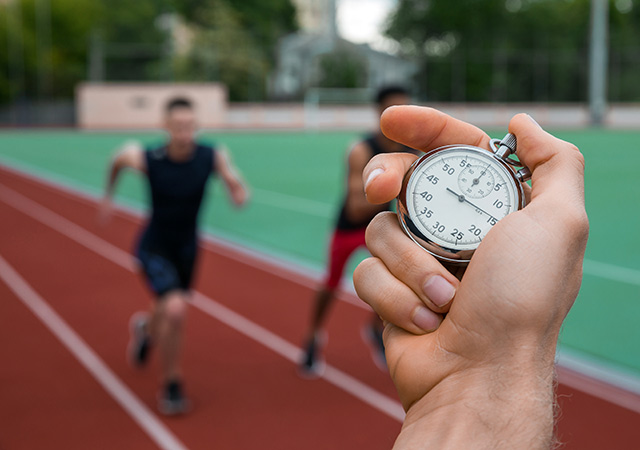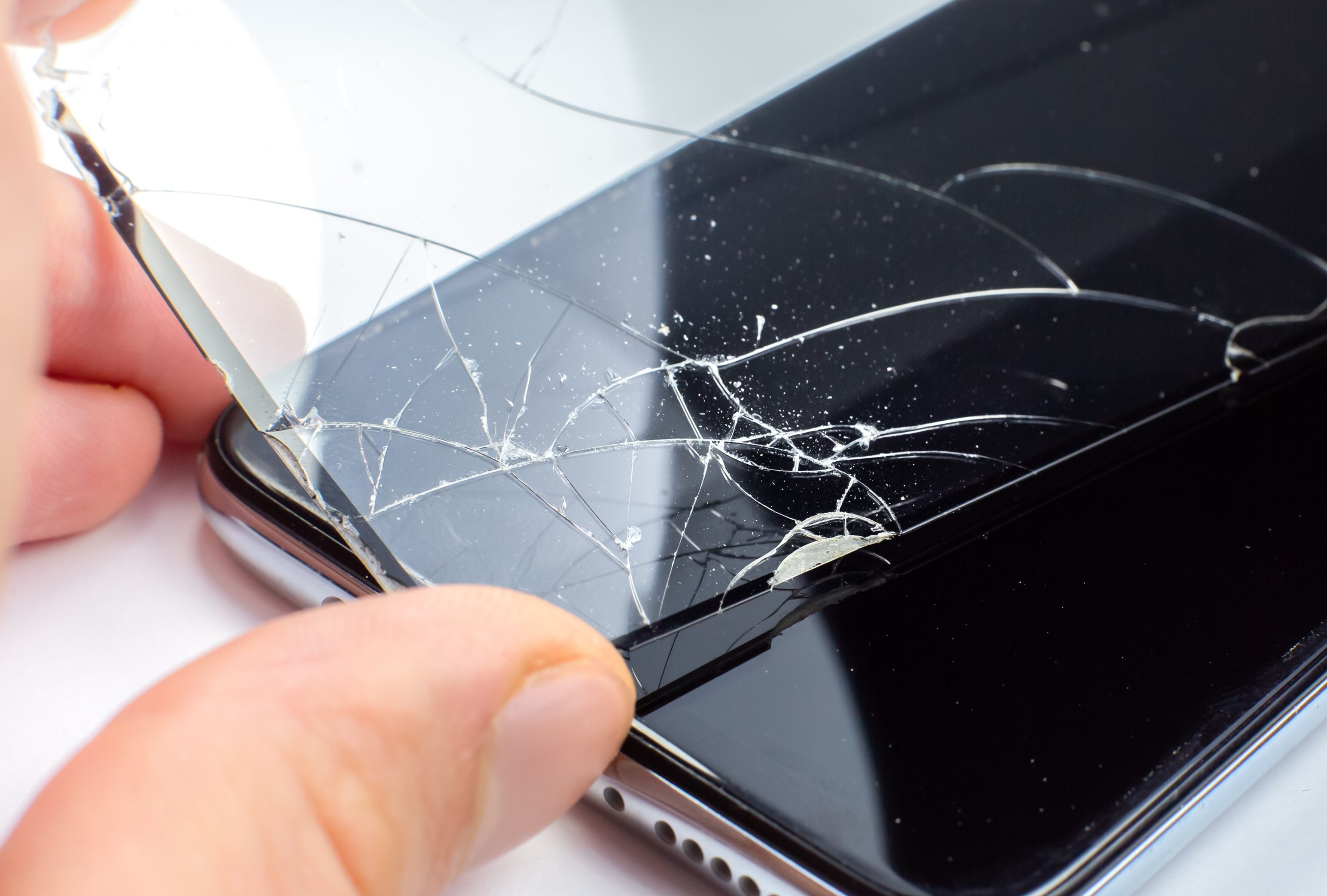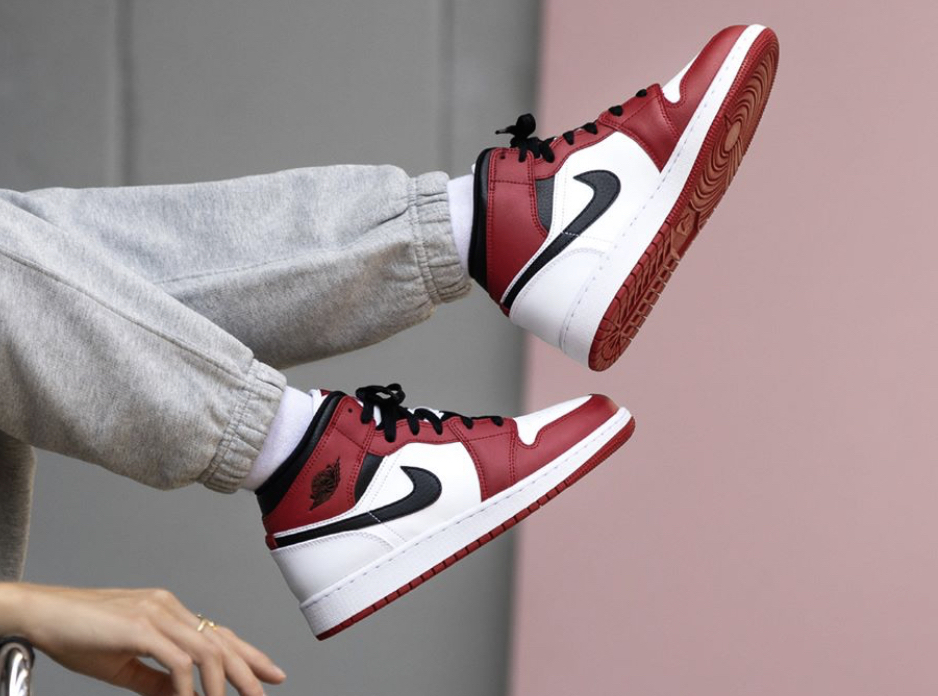A walking distance of 50 meters is quite short, equivalent to approximately 164 feet. To put it into perspective, it’s about half the length of a football field or roughly the distance between two telephone poles.
However, most people can cover this distance in just a few seconds, making it a very short stroll. It’s worth noting that this distance is typically covered in a matter of seconds and is considered a very short walking distance.
What is the concept or significance of the distance “50 meters”?
In the realm of measurements, the seemingly modest span of 50 meters holds a significance that belies its brevity.
Measurement Conversion:
Basically, when we talk about a walking distance of 50 meters, it’s essential to convert this metric measurement into a more familiar unit for better comprehension.
In addition, one meter is roughly equivalent to 3.28 feet. Thus, 50 meters translates to approximately 164 feet. This conversion helps us grasp the distance in terms of common measurements we encounter daily.
Relating the Distance to Common Scenarios:
Length of Half a Football Field: To visualize the distance of 50 meters, you can imagine the length of half a football (soccer) field. On a standard soccer field, which is around 100 meters in length.
Moreover, walking 50 meters would cover half of that distance. This visual aid provides context for the distance and highlights that it’s relatively short.
Distance Between Two Telephone Poles:
Another relatable scenario is the distance between two telephone poles along a street. In many urban and suburban areas. Additionally, telephone poles are often spaced roughly 50 meters apart.
Moreover, this helps you understand the real-world application of this distance, as you might have noticed such poles while walking or driving.
How much time would it take to cover a distance of 50 meters?
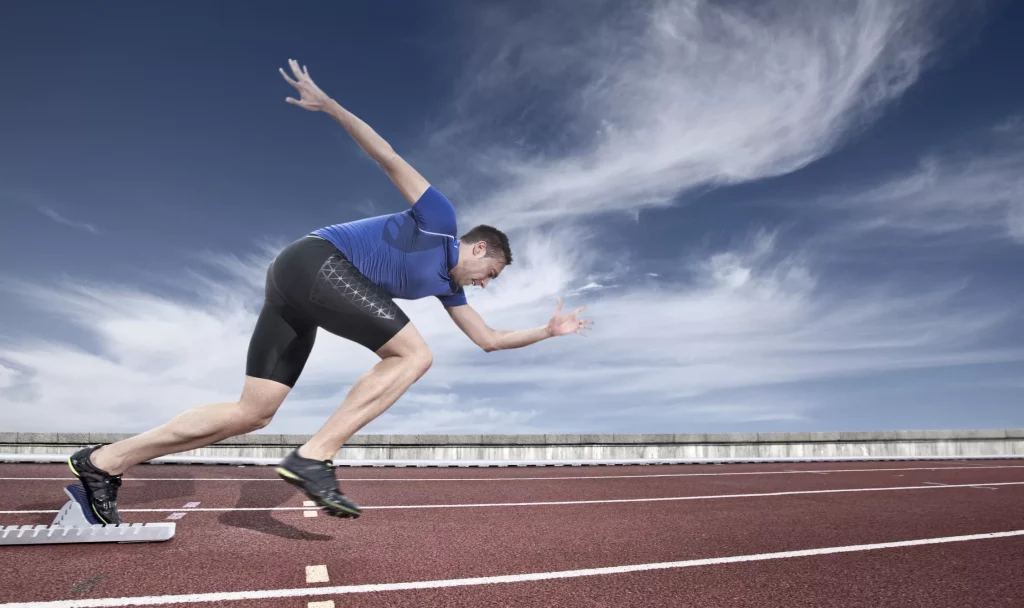
In the grand tapestry of distance and time, the journey across 50 meters beckons with the promise of revealing a simple yet intriguing interplay between speed and duration.
Emphasizing Short Duration:
Most people can walk 50 meters in a matter of seconds: Imagine stepping outside your front door and walking just a short distance down the sidewalk.
For many individuals, walking 50 meters would take no more than 15 to 20 seconds at a leisurely pace.
In addition, this short duration highlights how easily this distance can be covered, showcasing its brevity.
Comparisons to Everyday Activities:
Time to Tie a Shoelace:
Think about the time it takes to tie a shoelace. In many cases, you can tie your shoelaces and be ready to continue walking in around the same time it takes to cover 50 meters.
Moreover, this comparison underscores the briefness of the distance, as an activity as simple as tying a shoelace can take a similar amount of time.
Time to Grab a Drink from the Kitchen:
Visualize getting up from your seat, walking to the kitchen, grabbing a drink from the fridge or a cupboard, and returning to your original spot.
Moreover, this process often takes a comparable amount of time to walking 50 meters. This comparison connects the distance to an everyday routine, making it relatable and easily imaginable.
What are the practical implications of considering?
Exploring the practical implications of delving into the concept of 50 meters unveils a range of scenarios where this seemingly modest distance shapes decisions
Highlighting Convenience:
The convenience of a short walking distance, such as 50 meters, cannot be understated. It offers the advantage of quick access and minimal effort. Short distances like this are typically covered in mere seconds. Moreover, it allows for swift movement without the need for transportation. This is especially valuable for quick errands or when time is limited.
Scenarios Where 50 Meters Matter:
Proximity between Buildings in a Neighborhood:
In residential neighborhoods or urban areas, buildings are often situated closely together. A distance of 50 meters might be the span between neighboring houses or apartment buildings.
Moreover, this short distance fosters a sense of community, making it easy for residents to interact, visit one another, or simply go for a walk without needing to travel far.
Walking from a Parking Spot to a Store Entrance:
Picture a scenario where you park your car in a parking lot and walk to a nearby store entrance.
In addition, a distance of 50 meters can encompass the span from your parking spot to the store’s entrance. This is particularly relevant in busy shopping areas, where convenient parking might not always be right at the entrance.
Despite the short distance, it provides a buffer between parked cars and the store, contributing to pedestrian safety.
Access to Amenities in Public Spaces:
Parks, playgrounds, public restrooms, and other amenities in public spaces are often strategically placed within short walking distances. Moreover, this ensures that visitors can easily access these facilities without needing to trek a long way.
In addition, a distance of 50 meters ensures that these amenities are within quick reach, enhancing the overall experience for park-goers and visitors.
Workplace Connectivity:
In office complexes or campuses, different buildings or departments might be located within 50 meters of each other.
This close proximity promotes efficient collaboration and communication between teams. Employees can move between spaces without the need for extensive travel, fostering a sense of interconnectedness within the workplace.
What Are The Fitness and Health Perspective?
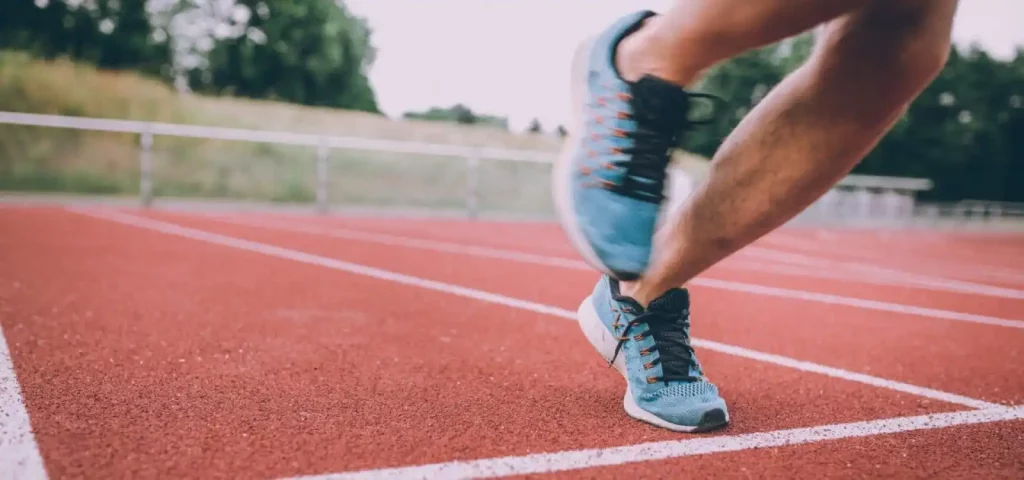
From a fitness and health perspective, scrutinizing the distance of 50 meters opens a window into the realm of short-distance training,
Short Exercise Routines:
High-Intensity Interval Training (HIIT):
A distance of 50 meters is ideal for incorporating into high-intensity interval training (HIIT) routines. HIIT involves short bursts of intense exercise followed by brief periods of rest.
In addition, you can perform activities like sprinting, side shuffles, or walking lunges for 50 meters, followed by a short recovery period.
Moreover, this can effectively elevate your heart rate and engage multiple muscle groups in a time-efficient manner.
Agility and Speed Training:
For athletes, particularly those in sports that require quick changes in direction and speed, practicing short bursts of movement over 50 meters is valuable.
In addition,this type of training improves agility, reaction time, and overall athleticism. Exercises such as shuttle runs or zig-zag sprints can be designed around this distance.
Relevance in Physical Therapy and Rehabilitation:
Gait Training:
Physical therapy often involves gait training to help patients regain normal walking patterns. A distance of 50 meters can serve as a benchmark for patients to gradually increase their walking distance as they recover. Moreover, it’s a manageable goal that can be customized to their ability, ensuring safe and steady progress.
Mobility Exercises:
Patients recovering from injuries or surgeries might start with short distances as part of their mobility exercises.
In addition, walking 50 meters can aid in improving joint flexibility, muscle strength, and balance. These exercises play a crucial role in regaining functional independence.
Gradual Progression:
Rehabilitation often follows a principle of gradual progression. Starting with shorter distances like 50 meters allows patients to build their strength, endurance, and confidence over time.
As they improve, they can gradually increase the distance, promoting a steady recovery process.
Functional Activities:
In rehabilitation, the focus is on restoring the ability to perform everyday activities. Walking 50 meters might mirror tasks like moving around the house.
Moreover, walking to the mailbox, or navigating a small indoor space. This practical approach helps patients regain skills essential for independent living.
Additional Resources :
Books on Urban Planning and Design: Explore books that delve into urban planning and design, as they often discuss the importance of walkability and short distances between key locations.
.
“The Death and Life of Great American Cities” by Jane Jacobs and “Walkable City” by Jeff Speck are excellent reads in this regard.
Health and Fitness Websites: Health and fitness websites often provide insights into the benefits of walking and short exercise routines.
Websites like Mayo Clinic, WebMD, and ACE Fitness offer articles and guides on the impact of walking on physical well-being.
Medical Journals on Rehabilitation:
If you’re interested in the rehabilitation aspect, medical journals such as the “Journal of Orthopaedic .
In addition, sports Physical Therapy” and “Physical Therapy Journal” might have research articles discussing the role of short distances in recovery.
Community and Neighborhood Resources:
Check out local community websites or resources that focus on neighborhood planning and activities.
These sources might offer insights into how short distances contribute to community engagement and livability.
TED Talks and YouTube Videos:
TED Talks and YouTube videos often feature experts discussing urban planning, health, and fitness.
Moreover, search for talks that touch on the importance of short distances and walking for various aspects of life.
FAQs
Is walking 50 meters considered a short distance?
Yes, walking 50 meters is generally considered a short distance. It’s a span that can be covered in a matter of seconds for most people.
How long does it take to walk 50 meters?
Walking 50 meters typically takes around 15 to 20 seconds at a leisurely pace, depending on individual walking speed.
What are the benefits of short walking distances?
A: Short walking distances offer convenience, promote physical activity, and reduce reliance on vehicles. They also encourage social interactions, improve access to amenities, and contribute to a healthier lifestyle.
How can short walking distances impact our health?
A: Short walking distances can encourage people to incorporate more physical activity into their daily routine, which has positive effects on cardiovascular health, muscle strength, and overall well-being.
Can short distances be challenging for people?
A: Yes, short distances can be challenging for individuals with mobility issues. However, they can also be beneficial for rehabilitation and gradual progress in regaining mobility.
How can short walking contribute to community engagement?
A: Short walking distances facilitate interactions among community members. People are more likely to walk short distances to connect with neighbors, visit local shops, and participate in community events.
How are short walking distances integrated into exercise routines?
Short walking distances are often used in high-intensity interval training (HIIT) and agility exercises. They provide opportunities for quick bursts of activity and recovery.
Conclusion
In conclusion, the exploration of a walking distance of 50 meters offers valuable insights into the brevity and significance of this seemingly short span. By delving into the various aspects of understanding, practical implications, and fitness considerations, we’ve gained a deeper appreciation for the role that 50 meters plays in our lives.
In addition, from understanding the measurement conversion, relatable scenarios, and the time it takes to cover this distance. Moreover, we’ve come to realize that 50 meters is a matter of mere seconds – a testament to its convenience and accessibility. Comparisons to everyday activities like tying shoelaces and fetching a drink underscore its brevity even further.
The practical implications of a 50-meter distance demonstrate its relevance in fostering community interactions, enhancing safety, and supporting efficient workplace dynamics.
Additionally, its presence in public spaces, workplaces, and neighborhood environments highlights how such a short distance can bring people together, facilitate accessibility, and improve overall quality of life.







